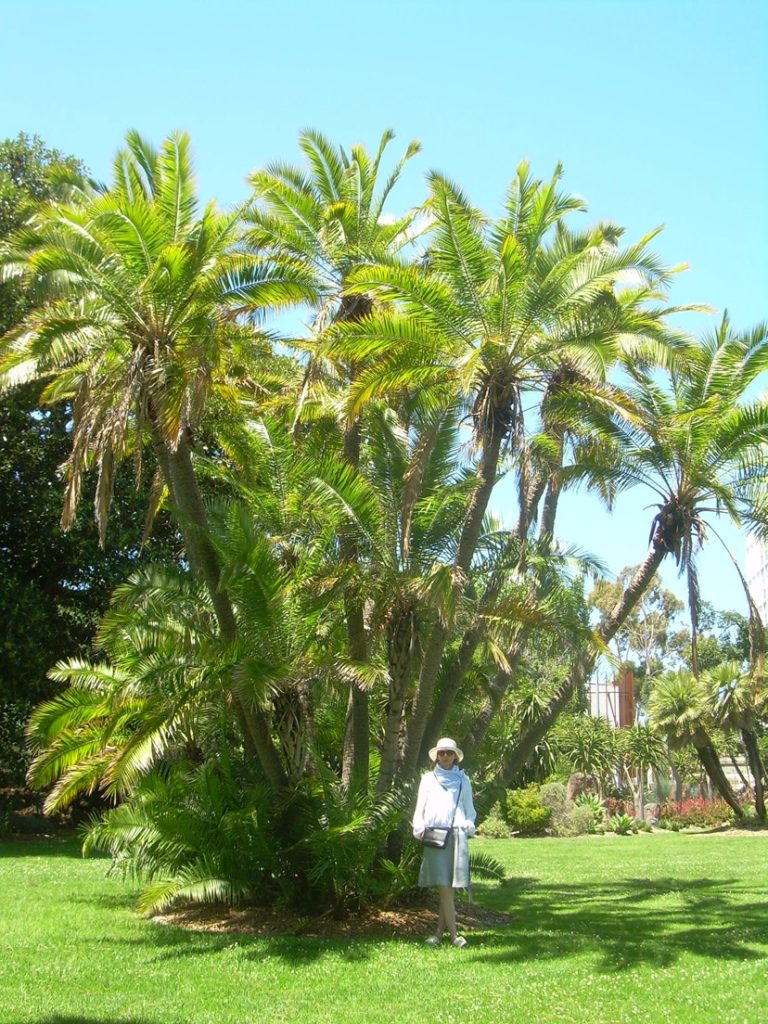Magdalena Szechyńska-Hebda: The Plant Cell First Author

 Magdalena Szechyńska-Hebda, co-first author of “Aboveground Plant-to-Plant Electrical Signaling Mediates Network Acquired Acclimation”
Magdalena Szechyńska-Hebda, co-first author of “Aboveground Plant-to-Plant Electrical Signaling Mediates Network Acquired Acclimation”
Current Position: Deputy Director for Science at the Plant Breeding and Acclimatization Institute – National Research Institute, Poland
Education: Habilitation in Biology Sciences at the Jagiellonian University; Doctor of Agricultural Sciences and Master of Science in Agronomy at the University of Agriculture in Krakow.
Non-scientific Interests: Ancient philosophy in the West.
Brief bio: The primary focus of my research is the mechanisms of systemic acquired acclimation (SAA) to excess excitation energy (induced by high light or cold) and systemic acquired resistance (SAR) to pathogens (bacterial and fungal) in model plants (Arabidopsis, poplar) and crops (Triticale, Tritium sp.,). I study also the molecular markers of SAA and SAR, e.g.: LESION SIMULATING DISEASE1, ENHANCED DISEASE SUSCEPTIBILITY1, PHYTOALEXIN DEFICIENT4, ASCORBATE PEROXIDASE2, nonphotochemical quenching, salicylic acid, ROS. I study redox changes in photosystem II, retrograde signaling, and photoelectrophysiological signalling (PEPS), which take a part of SAA and SAR. Earlier, we have demonstrated that PEPS is light wavelength-specific and can be transduced by bundle sheath cells to a distinct part in plants in order to systemically adjust the chloroplast functioning, nuclear gene expression, and finally induce light memory in cells. Currently, we demonstrate that electrical signals can function as a communication link between different plants in a network (community) of plants. This process we described as network acquired acclimation (NAA).



